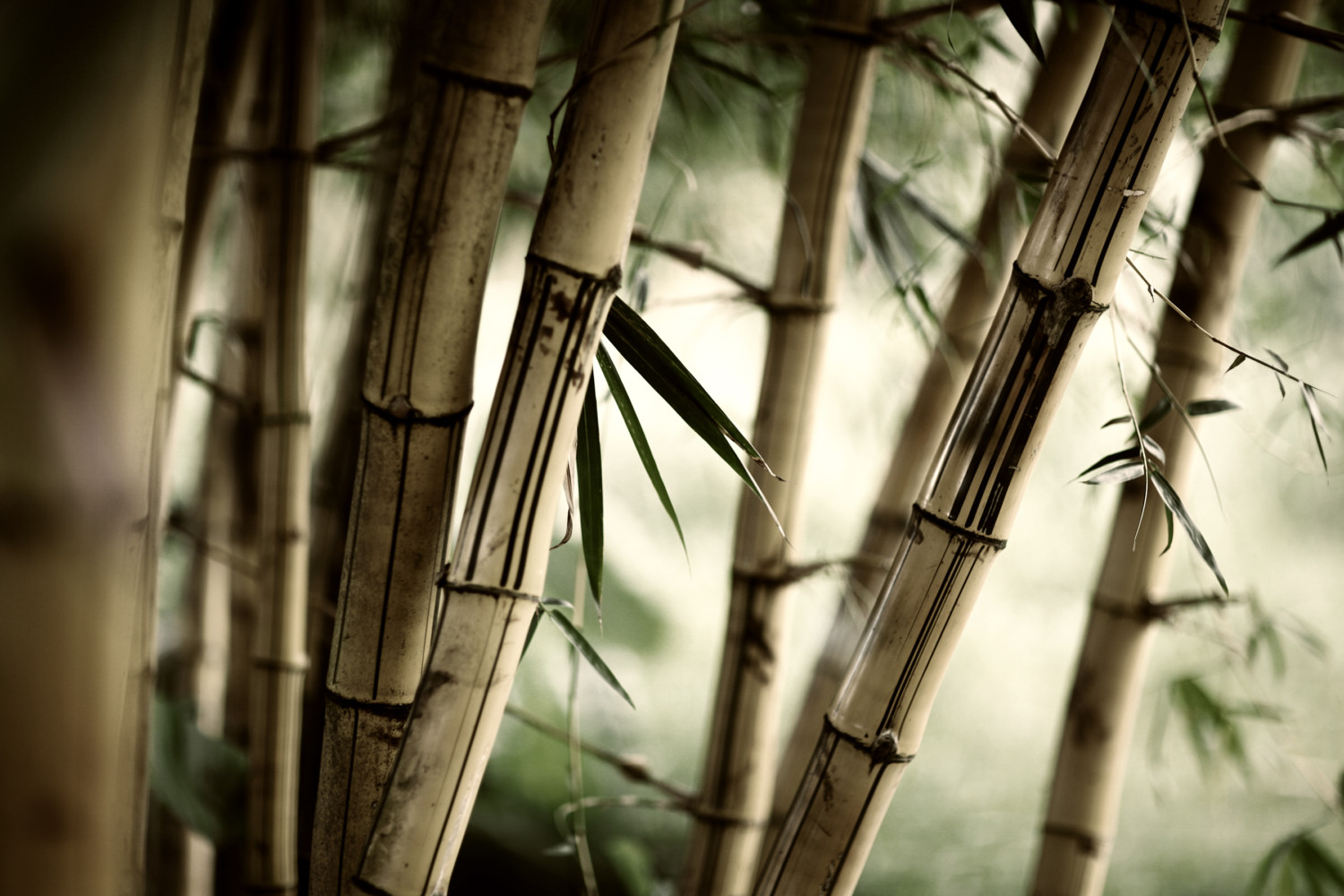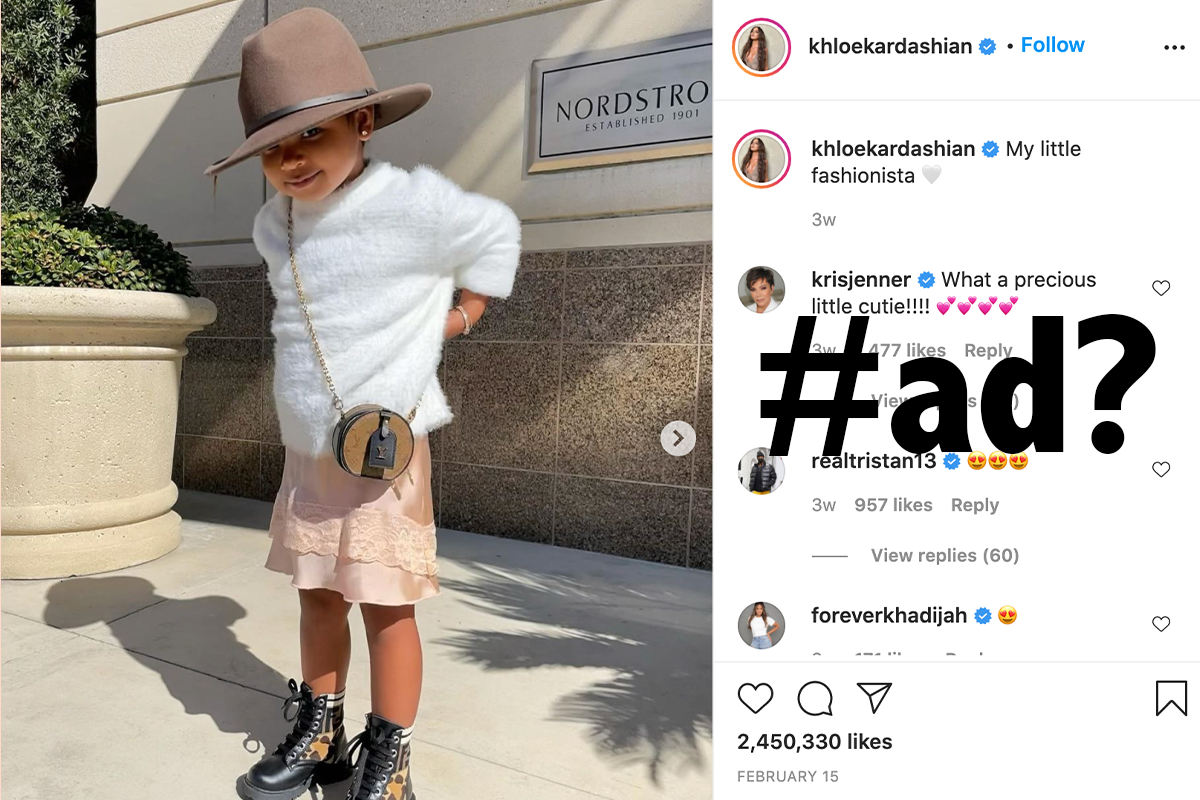
The Cost of Doing Business
Comparing the amount companies agree to pay to settle deceptive marketing charges with their annual revenue.
Pandas everywhere said “I told you so” when the FTC charged four national retailers with mislabeling rayon fabric as bamboo.
Pandas everywhere said “I told you so” when the Established in 1914 under President Woodrow Wilson, the FTC is the United States government’s primary regulatory authority in the area of consumer protection and anti-competitive business practices in the marketplace. Its Bureau of Consumer Protection assumes the lead in the Commission’s efforts to eliminate deceptive advertising and fraudulent business practices at work in the economy. charged four national retailers with mislabeling rayon fabric as bamboo in violation of the Textile Products Identification Act.
The FTC Wednesday filed complaints and proposed court orders barring four national retailers from mislabeling and advertising rayon textiles as made of “bamboo.”
Under the proposed orders Bed Bath & Beyond Inc. will pay $500,000, Nordstrom, Inc. will pay $360,000, J.C. Penney Company, Inc. will pay $290,000, and Backcountry.com LLC will pay $150,000 for allegedly violating the FTC Act and the agency’s Textile Rules.
Two years ago, the FTC announced settlements with four other major retailers on the same issue. The companies, Amazon.com, Inc.; Leon Max, Inc.; Macy’s, Inc.; and Sears, Roebuck and Co. and its Kmart subsidiaries, Kmart Corporation and Kmart.com, agreed to settle the charges for a total of $1.26 million.
According to the FTC, bamboo textiles and rayon are almost always one and the same. Rayon is produced with processed cellulose, which may come from bamboo or any other plant, but the end product is far removed from the original material. In other words, you can call rayon made from bamboo “bamboo” about as accurately as you can call a shoe a cow—maybe even less so. According to the FTC:
Even when bamboo is the ‘plant source’ used to create rayon, no traits of the original plant are left in the finished product.
True bamboo
There is such a thing as true bamboo fabric, sometimes called bamboo linen, which is produced by crushing the plant fibers and treating them with enzymes. But this type of fabric, according to a report in Scientific American, accounts for a tiny fraction of textiles labeled as bamboo. The vast majority is produced by a harsh chemical process that negates whatever environmentally friendly qualities bamboo might have.
The specific details of the fabric production are the subject of much debate, but in general, making rayon includes ‘cooking’ plant materials in lye and treating them with carbon disulfide—chronic exposure to which can cause nervous system damage. The multistep process creates a viscous solution that is extruded through nozzles into an acidic bath, where it hardens into fibers.
That’s right—by the time your bathrobes and baby blankets have been extruded through nozzles into acid, all their panda-food properties have been lost. Along the way, they have also created toxic waste and hazardous air pollution. Think about that next time you see “bamboo” on a label.
For more on clothing labels click here.
This story was originally published on 1/7/13 and updated several times.
Comparing the amount companies agree to pay to settle deceptive marketing charges with their annual revenue.
Impromptu family fashion shoot or something less innocent?
From “Belgian” chocolates made in the U.S. to knockoff engagement rings, be wary of these roadblocks to love.


